Crash of a Boeing 707-330C in Manaus
Date & Time:
Oct 23, 2004 at 0840 LT
Registration:
PP-BSE
Survivors:
Yes
Schedule:
Manaus – São Paulo
MSN:
19317
YOM:
1967
Crew on board:
3
Crew fatalities:
Pax on board:
0
Pax fatalities:
Other fatalities:
Total fatalities:
0
Captain / Total hours on type:
6600.00
Copilot / Total hours on type:
3180
Aircraft flight hours:
95933
Circumstances:
Ready for takeoff on runway 10 at Manaus-Eduardo Gomes Airport, the crew released brakes and increased engine power when a loud noise was heard coming from the right side of the aircraft. The captain decided to reject takeoff and applied brakes when the aircraft started to deviate to the right. It veered off runway and came to rest. All three crew members escaped uninjured while the aircraft was considered as damaged beyond repair after the right main gear punctured the wing.
Probable cause:
The right main gear collapsed during takeoff following a structural failure caused by the presence of fatigue cracks that were not detected by the maintenance crew because of poor maintenance. The aircraft already suffered an accident in Guarulhos Airport, causing damages to the right main gear.
Final Report:

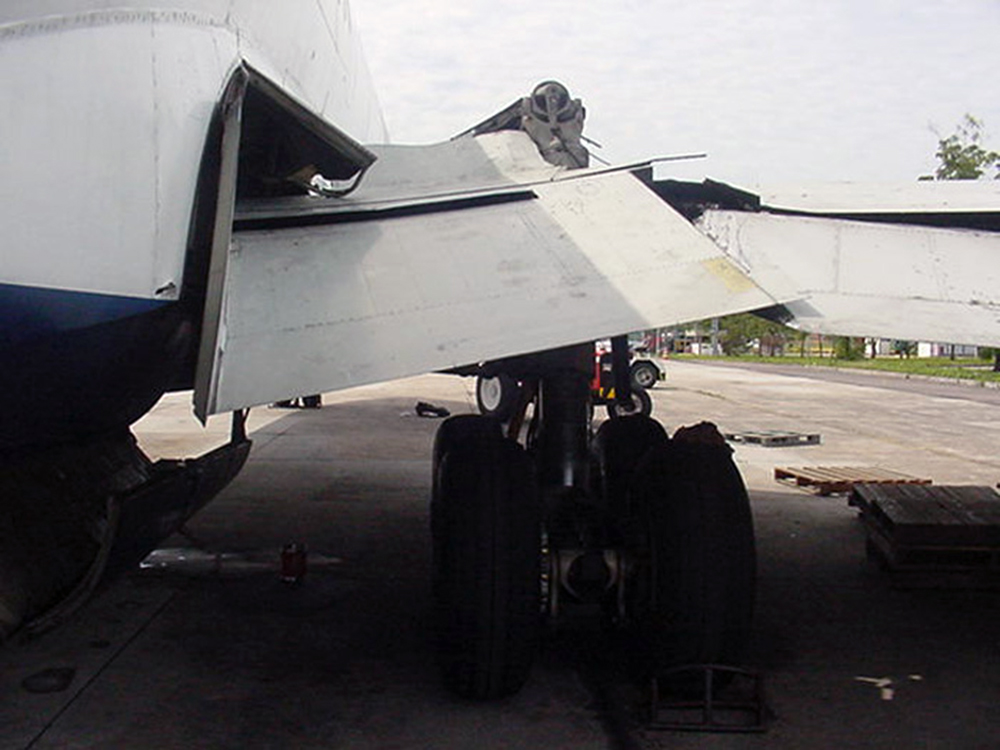
Crash of a Douglas DC-3C in Medellín: 3 killed
Date & Time:
Oct 15, 2004 at 0750 LT
Registration:
HK-1503
Survivors:
No
Schedule:
Villavicencio - Medellín
MSN:
17064/34331
YOM:
1945
Crew on board:
2
Crew fatalities:
Pax on board:
1
Pax fatalities:
Other fatalities:
Total fatalities:
3
Captain / Total hours on type:
370.00
Copilot / Total hours on type:
91
Aircraft flight hours:
27592
Circumstances:
The aircraft departed Villavicencio on a cargo flight to Medellin-José María Córdova Airport with one passenger and two pilots on board. While descending to Medellín, the crew was informed about the poor weather conditions at destination (poor visibility due to fog) and decided to divert to Medellín-Enrique Olaya Herrera Airport. On final approach, the aircraft descended too low when it struck a mountain located 13 km short of runway. The aircraft was destroyed and all three occupants were killed.
Probable cause:
Controlled flight into terrain after the crew took the decision to continue the approach under VFR mode in IMC conditions until the aircraft impacted terrain. Poor CRM and lack of situational awareness were considered as contributing factors.
Final Report:
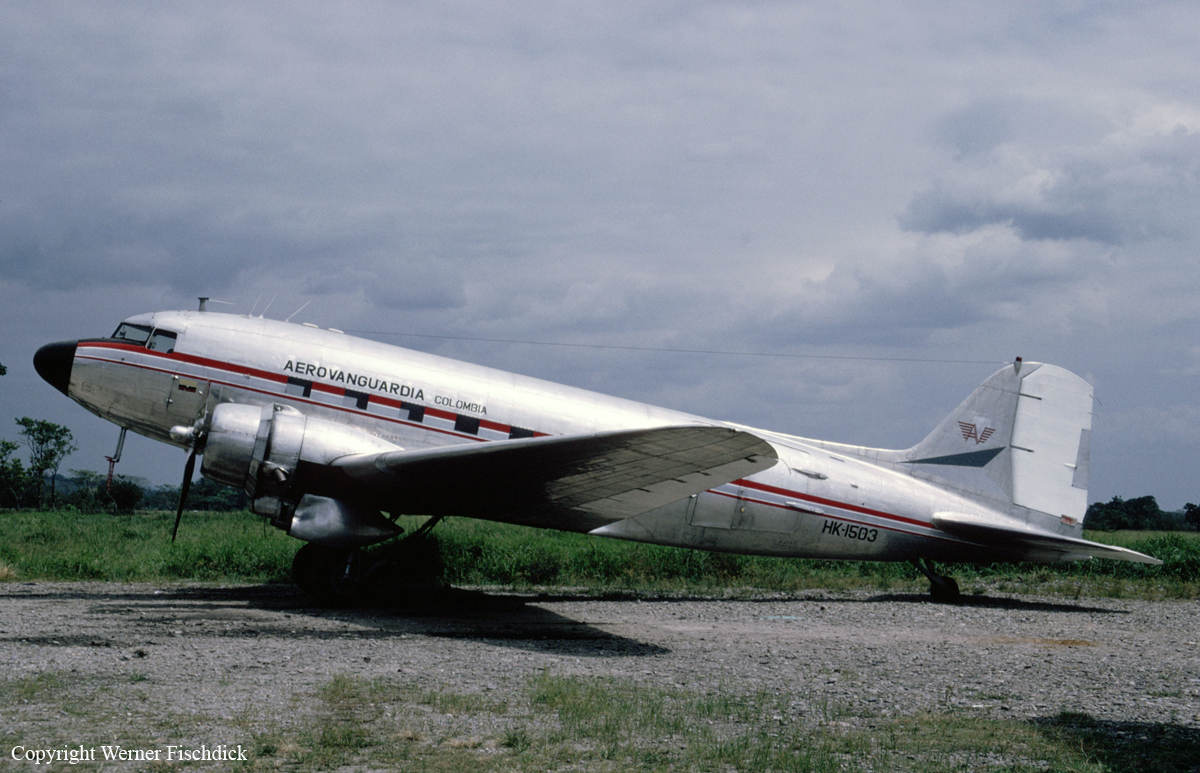
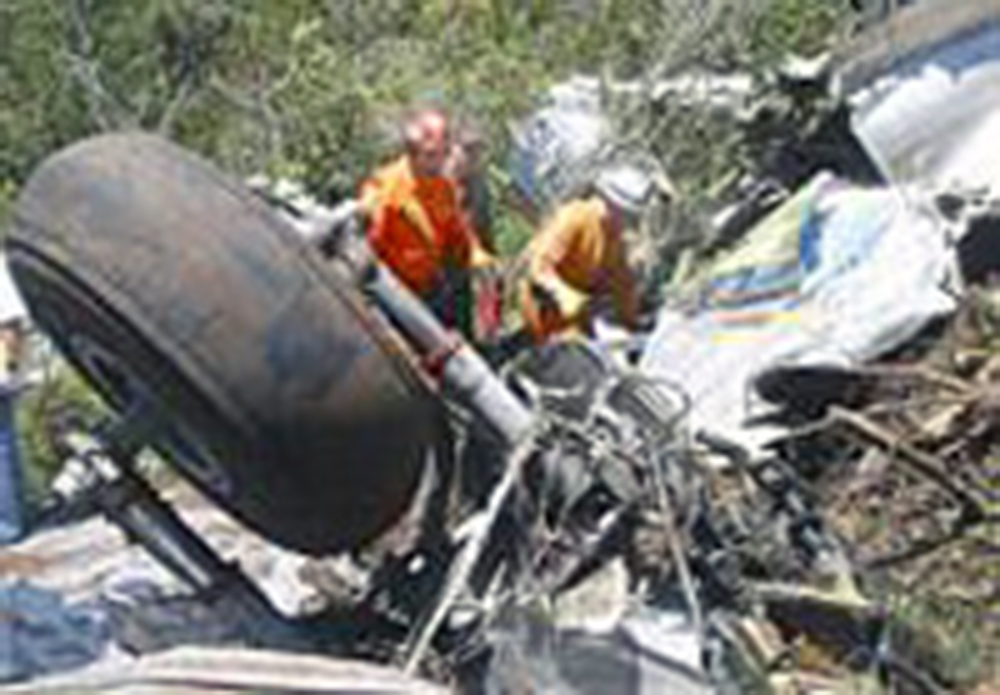
Crash of a Cessna 207 Skywagon in Urimán
Date & Time:
Oct 6, 2004
Registration:
YV-217C
Survivors:
Yes
MSN:
207-0440
YOM:
1978
Crew on board:
1
Crew fatalities:
Pax on board:
1
Pax fatalities:
Other fatalities:
Total fatalities:
0
Circumstances:
On approach to Urimán, the single engine aircraft crashed in a wooded area located few km from the destination airport. Both occupants were rescued a day later. The passenger was injured and the pilot was unhurt.
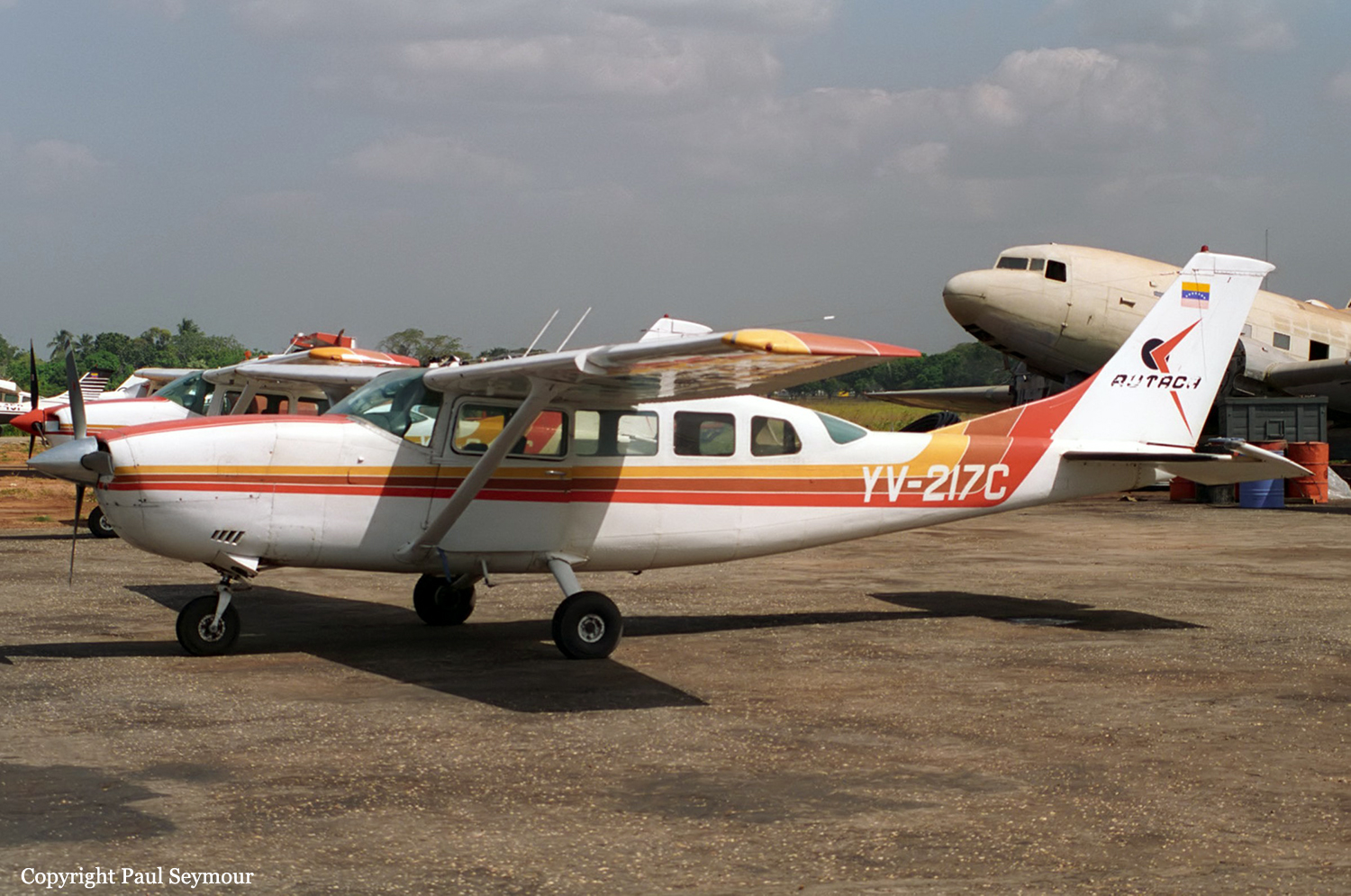
Crash of a Short 360-300 near Maracay: 30 killed
Date & Time:
Aug 21, 2004 at 1615 LT
Registration:
FAV-1652
Survivors:
No
Schedule:
La Orchila - Maracay
MSN:
3727
YOM:
1987
Crew on board:
3
Crew fatalities:
Pax on board:
27
Pax fatalities:
Other fatalities:
Total fatalities:
30
Circumstances:
While descending to the altitude of 9,500 feet in poor weather conditions, the aircraft struck the slope of Mt El Perico located about 25 km from the Maracay-El Libertador Air Force Base. The aircraft was totally destroyed upon impact and all 30 occupants were killed, among them few civilians.
Probable cause:
It was determined that the aircraft was approaching Maracay at a correct altitude but not on the correct route. At the time of the accident, the aircraft deviated from the approach pattern following a navigational error on part of the crew. Lack of visibility due to clouds was a contributing factor.
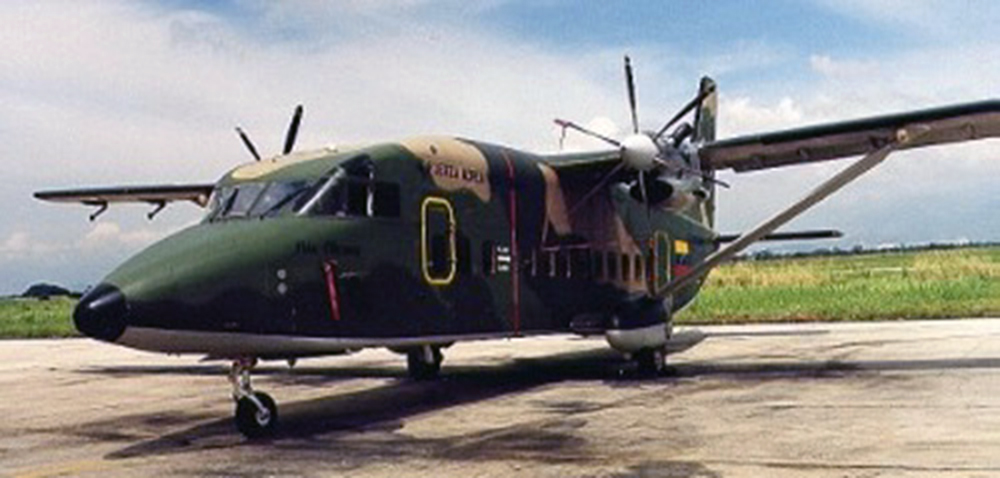


Crash of a Casa 212 Aviocar 200 in San Carlos de Rio Negro
Date & Time:
Aug 5, 2004 at 1648 LT
Registration:
ARBV-0206
Survivors:
Yes
Schedule:
Puerto Ayacucho - San Carlos de Rio Negro
MSN:
183
YOM:
1981
Crew on board:
2
Crew fatalities:
Pax on board:
10
Pax fatalities:
Other fatalities:
Total fatalities:
0
Circumstances:
The approach to San Carlos de Rio Negro Airport was completed in stormy weather. After touchdown, the twin engine aircraft failed to stop within the remaining distance. It overran, went down an embankment, collided with a fence and came to rest along a dirt road. A passenger was slightly injured while 11 other occupants escaped unhurt. The aircraft was damaged beyond repair.
Crash of a Beechcraft 350 Super King Air in Punto Fijo
Date & Time:
Jul 24, 2004
Registration:
YV-910CP
Survivors:
Yes
Schedule:
La Carlota - Calabozo - Punto Fijo
MSN:
FL-206
YOM:
1998
Crew on board:
2
Crew fatalities:
Pax on board:
2
Pax fatalities:
Other fatalities:
Total fatalities:
0
Circumstances:
The twin engine aircraft completed a charter flight from La Carlota to Calabozo with four passengers and two pilots. At Calabozo Airport, the four passengers brandished guns and took over the airplane on an illegal flight to Punto Fijo. Upon arrival, the aircraft crashed under unknown circumstances. There were no casualties and the aircraft was destroyed.
Crash of a Douglas DC-3-455 in Las Gaviotas
Date & Time:
Jun 21, 2004 at 1700 LT
Registration:
HK-1212
Survivors:
Yes
Schedule:
Las Gaviotas – Puerto Carreño
MSN:
4987
YOM:
1942
Crew on board:
2
Crew fatalities:
Pax on board:
18
Pax fatalities:
Other fatalities:
Total fatalities:
0
Aircraft flight hours:
50159
Circumstances:
Following technical problems, a DC-3 operated by Viarco diverted to Las Gaviotas Airport and was grounded. The operator send a second aircraft to Las Gaviotas to pick up the passengers. Shortly after takeoff from runway 24, while in initial climb, the right engine failed and caught fire. The aircraft stalled and crashed in a wooded area, bursting into flames. All 20 occupants were injured, six seriously. The aircraft was destroyed.
Probable cause:
Rupture of a crank and subsequent total loss of power and fire in the right engine during rotation of the plane, which reduced the performance of the aircraft, causing the pilot to lose control of the aircraft, resulting in the immediate collision with the ground.
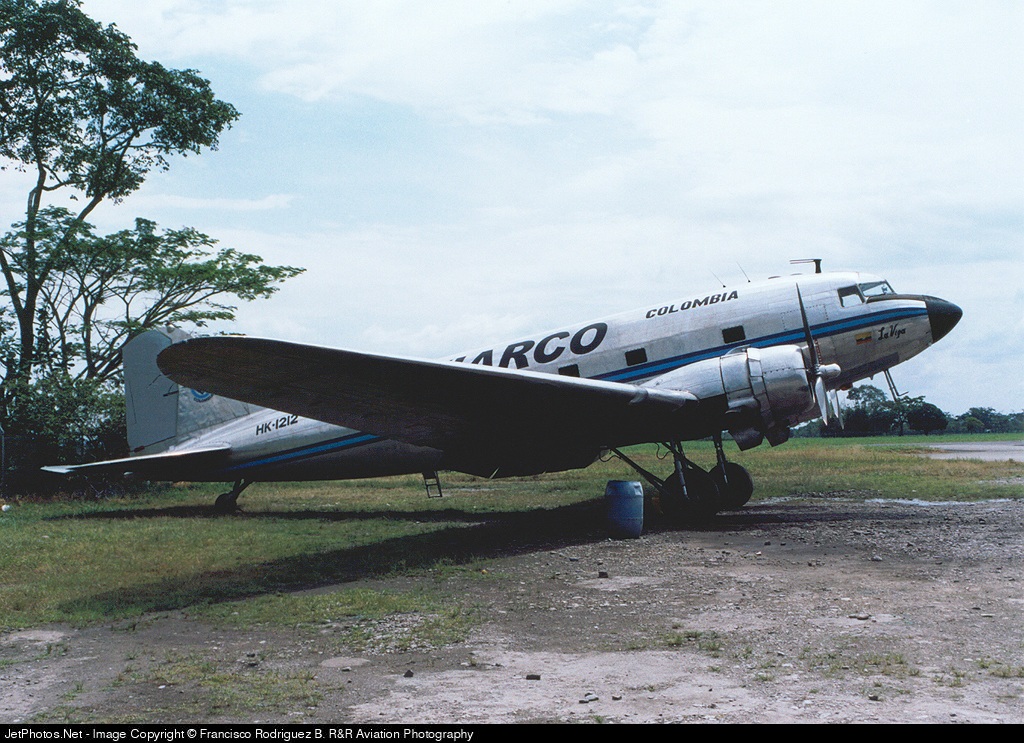
Crash of an Embraer EMB-120ER Brasília near Manaus: 33 killed
Date & Time:
May 14, 2004 at 1835 LT
Registration:
PT-WRO
Survivors:
No
Schedule:
São Paulo de Olivença – Tabatinga – Tefé – Manaus
MSN:
120-070
YOM:
1988
Flight number:
RLE4815
Crew on board:
3
Crew fatalities:
Pax on board:
30
Pax fatalities:
Other fatalities:
Total fatalities:
33
Captain / Total hours on type:
5819.00
Copilot / Total hours on type:
4637
Circumstances:
While descending to Manaus-Eduardo Gomes Airport following an uneventful flight from Tefé, the aircraft was correctly established on the ILS when the crew was instructed by ATC to initiate a go-around and to follow a holding pattern as the priority was given to an ambulance flight. The crew made a left turn heading 060° and continued the descent after passing 2,000 feet when the aircraft struck the ground and crashed about 33 km from the airport. The aircraft disintegrated on impact and all 33 occupants were killed.
Probable cause:
Controlled flight into terrain after the crew continued the descent below 2,000 feet until the aircraft impacted ground. The following contributing factors were identified:
- The crew reported his altitude at 2,000 feet while the real altitude of the airplane was 1,300 feet,
- The crew continued the descent until final impact,
- The crew did not react to the GPWS alarm that sounded four times when the aircraft reached the altitude of 400 feet,
- No corrective action was taken by the crew,
- Lack of crew coordination,
- Poor approach planning that led the aircraft descending to a critical altitude,
- Lack of supervision,
- Operational deficiencies.
- The crew reported his altitude at 2,000 feet while the real altitude of the airplane was 1,300 feet,
- The crew continued the descent until final impact,
- The crew did not react to the GPWS alarm that sounded four times when the aircraft reached the altitude of 400 feet,
- No corrective action was taken by the crew,
- Lack of crew coordination,
- Poor approach planning that led the aircraft descending to a critical altitude,
- Lack of supervision,
- Operational deficiencies.
Final Report:




Crash of a Swearingen SA227AC Metro III in Carepa: 5 killed
Date & Time:
May 5, 2004 at 1300 LT
Registration:
HK-4275X
Survivors:
Yes
Schedule:
Bogotá – Carepa
MSN:
AC-676
YOM:
1987
Crew on board:
2
Crew fatalities:
Pax on board:
5
Pax fatalities:
Other fatalities:
Total fatalities:
5
Aircraft flight hours:
19335
Circumstances:
Following an uneventful flight from Bogotá-El Dorado Airport, the crew started the approach to Carepa-Los Cedros Airport, the copilot was the pilot-in-command. On final approach, the captain took over controls and continued the descent when the GPWS alarm sounded seven times. For unknown reasons, the captain failed to respond to this situation and did not proceed with any corrective actions. On short final, at a height of about 200 feet, one of the engine failed. The crew failed to follow the published procedures, causing the aircraft to stall and to crash about 100 metres short of runway 33. Two passengers were seriously injured while five other occupants were killed.
Probable cause:
The following findings were identified:
- Poor judgement of distance, speed, altitude and the obstacle clearance during the final approach,
- Attempting the operation beyond the experience and the high level of competence required by the crew,
- Encountering unforeseen circumstances exceeded the capacity of the crew,
- Diverting attention on the operation of the aircraft,
- Lack of approved procedures, directives and instructions,
- The absence of CRM procedures and low situational awareness,
- The lack of evasive action when the ground proximity warning system's alarm sounded,
- The sudden loss of power in one of the engines,
- The wrong use of the world's major flight to maintain directional control,
- The activation of the Stall Avoidance System (SAS) on the control column, moving it forward when the plane was at low altitude.
- Poor judgement of distance, speed, altitude and the obstacle clearance during the final approach,
- Attempting the operation beyond the experience and the high level of competence required by the crew,
- Encountering unforeseen circumstances exceeded the capacity of the crew,
- Diverting attention on the operation of the aircraft,
- Lack of approved procedures, directives and instructions,
- The absence of CRM procedures and low situational awareness,
- The lack of evasive action when the ground proximity warning system's alarm sounded,
- The sudden loss of power in one of the engines,
- The wrong use of the world's major flight to maintain directional control,
- The activation of the Stall Avoidance System (SAS) on the control column, moving it forward when the plane was at low altitude.







